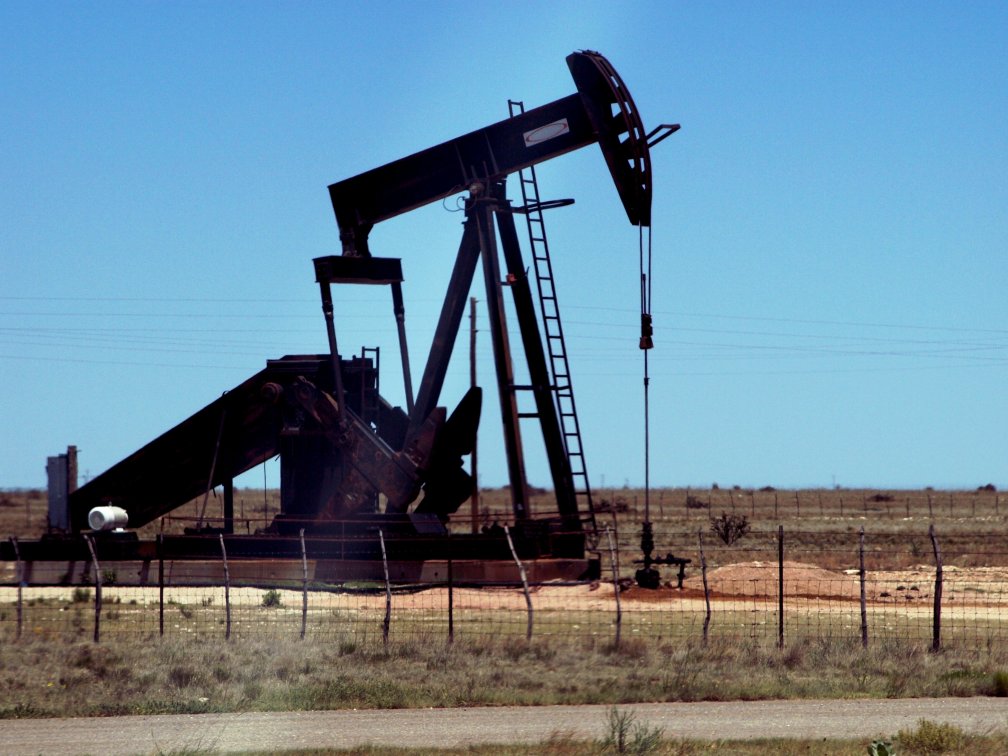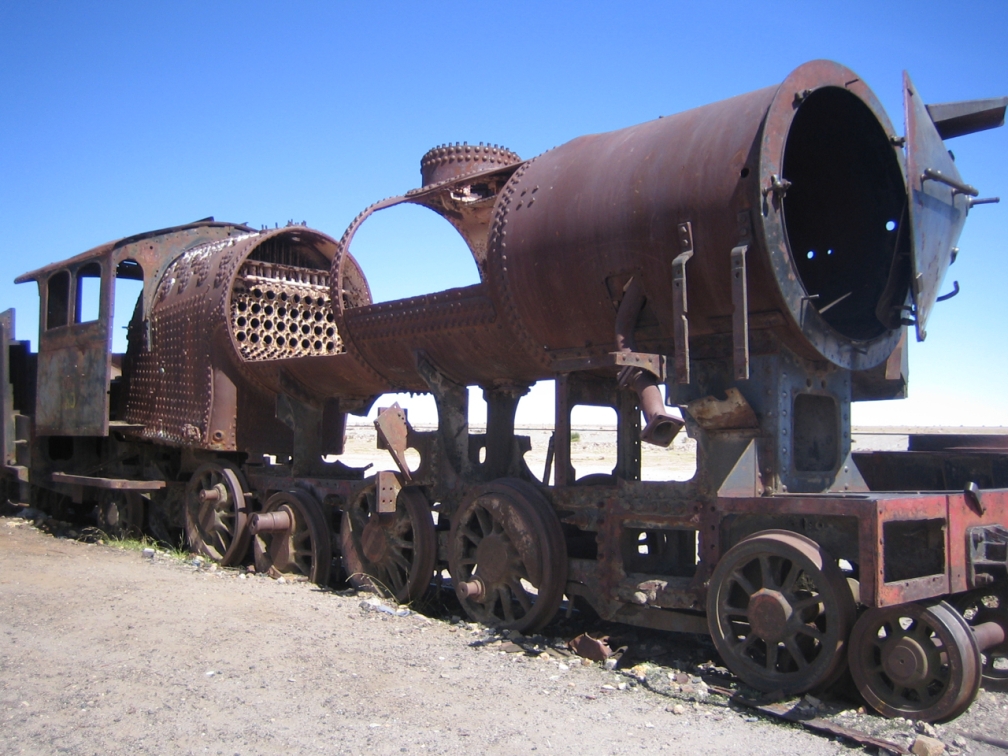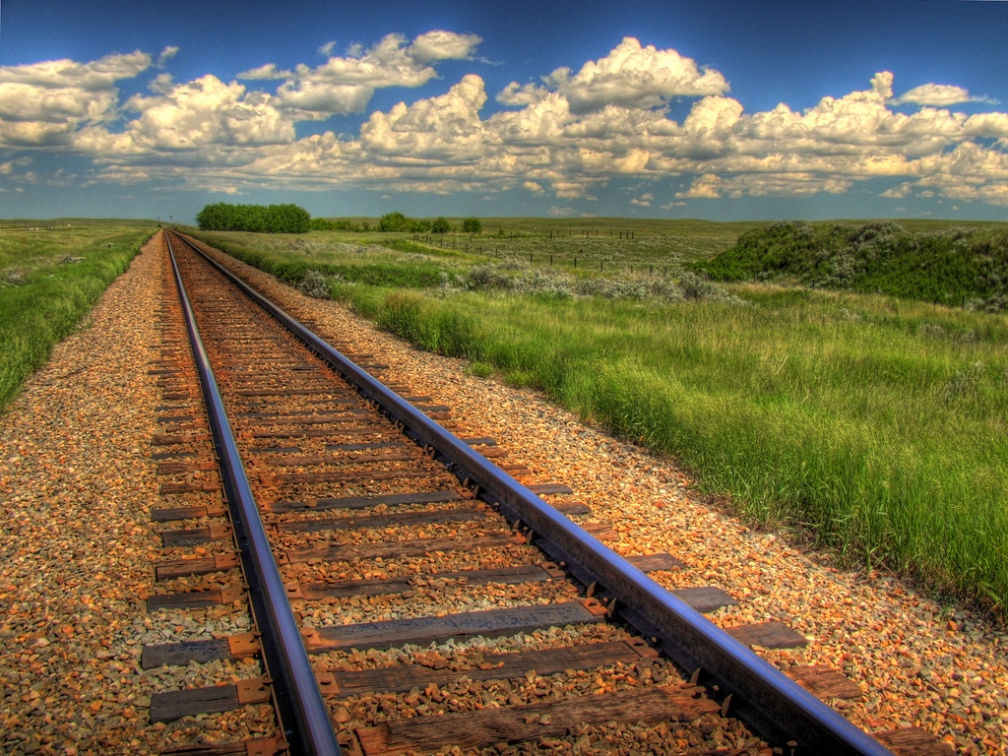Time is running out for Alberta’s progressive parties.
Now that a half year or so has elapsed since the most unpredictable Alberta provincial election in a generation, it is perhaps possible to put results in perspective, and to risk some speculation regarding what the future might hold.
In terms of post-mortem, the election offered renewed proof – if any was needed – that Alberta is home to some of the most conservative voters and political leaders in the country. What surprised me, however, was less the social conservatism of the Wildrose Party, than the institutional conservatism of the Liberals and New Democrats.
During the election, the Conservatives found themselves threatened on their political right for the first time as incumbents. Had they been menaced on the left by an equally coherent and competent progressive alternative, the Conservatives would have been hemmed in on both sides, a potentially fatal situation for any centrist ruling party (just ask the federal Liberals).
As it happened, however, there was no such competitive alternative on the centre-left. With all attention focused on the struggle between the Conservatives and Wildrose, the Liberals and NDP were able to do little more than compete with one another for the right to be the party of protest in the new Assembly.
Premier Redford was thus able to tack her party ever so slightly toward the centre, effectively assembling a new winning coalition of economic conservatives and social progressives on the fly. The Liberals and the NDP combined captured just 20% of the popular vote, a stark decline from the 35% share they garnered in 2008. In effect, the Conservative party became the voice of moderates and progressives in the province.
So, what happens next? This is, of course, anyone’s guess, but the political science literature does give us some clues as to what we might expect.
Perhaps the most significant finding from the discipline is that, over the long run, majoritarian electoral systems such as Alberta’s tend to support no more than two major political parties at a given time. Beyond this, there is room for at most one relevant protest party.
In such systems, parties tend to remain competitive only so long as they can effectively capture the one “pole” of the political spectrum, whether on the left or the right. Once a party finds itself outflanked by strong opponents on either side, its days are usually numbered. Any move to capture votes in one direction entails a loss in the other. This may well be what is happening to the federal Liberal party, and it yet may be the fate of the provincial Conservatives as well.
Then again, it may not.
What follows presents a number of scenarios, all guided by the fundamental intuition that Alberta will eventually settle into equilibrium with two major parties, along with (potentially) a minor third party.
- The Wildrose and Conservative parties merge. While current rhetoric suggests neither side is thinking of this for now, it clearly remains a possibility. The Conservatives have historically been a “big-tent” party of the political right, accommodating a variety of both social and economic conservatives, along with a certain number of pragmatic (or cynical, depending on who you ask) moderates. With a recent poll by Environics showing continued robust support for the Conservatives and a significant decline for Wildrose, a number of would-be rebels may seek to return to their former home in government. If Wildrose support continues to evaporate, or if the party suffers another major disappointment in the next election, it could disappear as quickly as it emerged.
- A united progressive party emerges: There are a number of possible (though not necessarily plausible) scenarios through which this could occur. Either the Liberals or the NDP could collapse, or one could merge into the other. A third alternative would the dissolution of both parties, followed by the founding of an entirely new political vehicle.
- Continuation of the status quo: Assuming Wildrose remains a fixture on the political right in the province, the Conservatives have a significant strategic choice to make: do they contest Wildrose for control of the right pole of Alberta politics, or do they complete the shift begun by Redford during the last election, and reinvent themselves fully as the party of the centre in Alberta, campaigning as the “natural ruling party” of the province?
So long as the provincial Liberals and NDP remain politically divided, the choice is an easy one to make. By shifting slightly to the left, the provincial Conservatives would be able to offer limited concessions to entice progressives fearful of a right-wing party victory, confident that neither the Liberals nor the NDP would command sufficient support to pose a true threat. At the same time, they would ensure that the bulk of their platform remains appealing to both social and economic conservatives, preventing the Wildrose from returning to its brief pre-election heights. This is the game that the federal Liberals played for decades, and there’s no reason the Conservatives could not do it just as well so long as progressives remain divided. In this scenario, the Liberals and NDP would quickly find themselves reduced to marginal parties, with virtually no power or profile. Given this, status quo is arguably the worst-scenario for both parties in the province.
Of these, the second option may seem the least likely on the surface. The NDP and Liberals have had more than 30 years of electoral futility to encourage them to merge, and nothing has changed thus far.
It is certainly risky for both parties, as it would entail abandoning the political institutions that supporters have known and relied upon for years, even decades. In many cases, those institutions constitute a significant part of supporters’ identities – voting Liberal or NDP is a part of who they are
It also requires a willingness to move away from entrenched political positions, and to engage in dialogue with potential partners who share similar, but not identical political goals and ideals.
Nonetheless, so long as Wildrose remains an active force in Alberta politics, they may have very little left to lose, and possibly a tremendous amount to gain. There is no doubt that if Alberta progressives were somehow able to create a single progressive alternative, the political geography of the province would transform once again.
Further, a new political party would enjoy a number of advantages. It would be free of residual NEP stigma marking the Liberals (now in its 4th decade!). It could likewise escape associations with old-style social democracy that many Albertans associate with the NDP. Rather, it would be able to craft its own identity carte blanche, and pursue new political agenda specifically tailored to the unique circumstances in which Albertans now find themselves.
With a viable party of the centre-left, minor concessions by the Conservatives would no longer be sufficient to woo the province’s progressives. In such a scenario, the Conservative Party would find itself in the dreaded political centre, potentially outflanked on both sides: a political shift to the left would result in a loss of support to Wildrose, while a shift to the right would entail a loss to the new progressive party. Too progressive for conservatives, and too conservative for progressives, the Conservative party could find itself staring to a political abyss every bit as deep as the one currently facing the federal Liberals.
Who knows? So long as there are two parties of the right, a united centre-left party that won even 35-40% of the popular vote might even be able to form the government. It may seem like a long shot, but a long shot is better than no shot at all.
The question is, just how conservative are the province’s progressive leaders?
photo credit: ecstaticist via photopin cc
Like this? Then share it!





